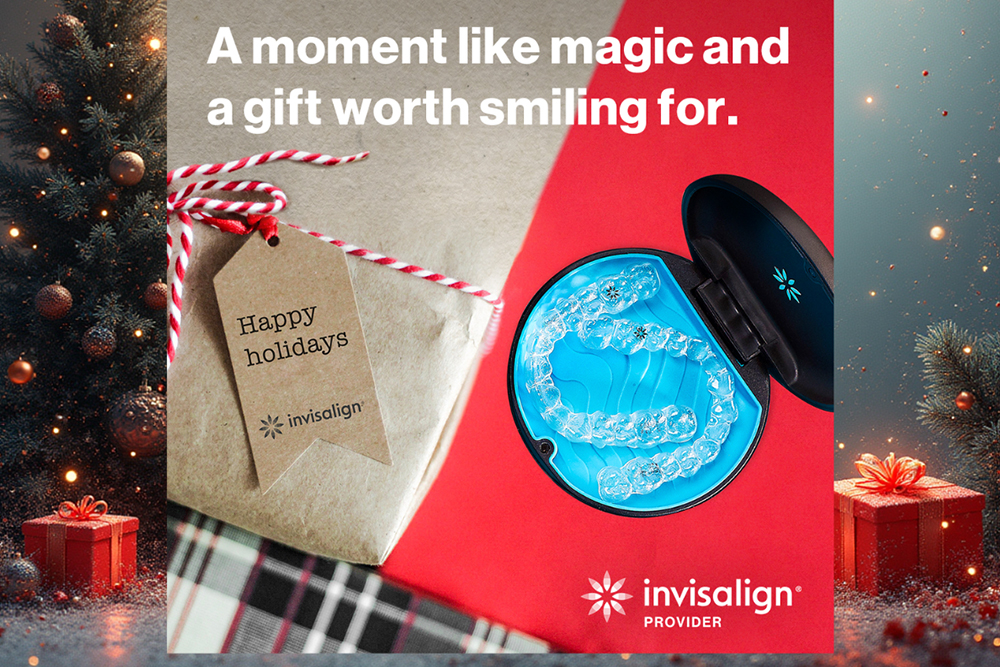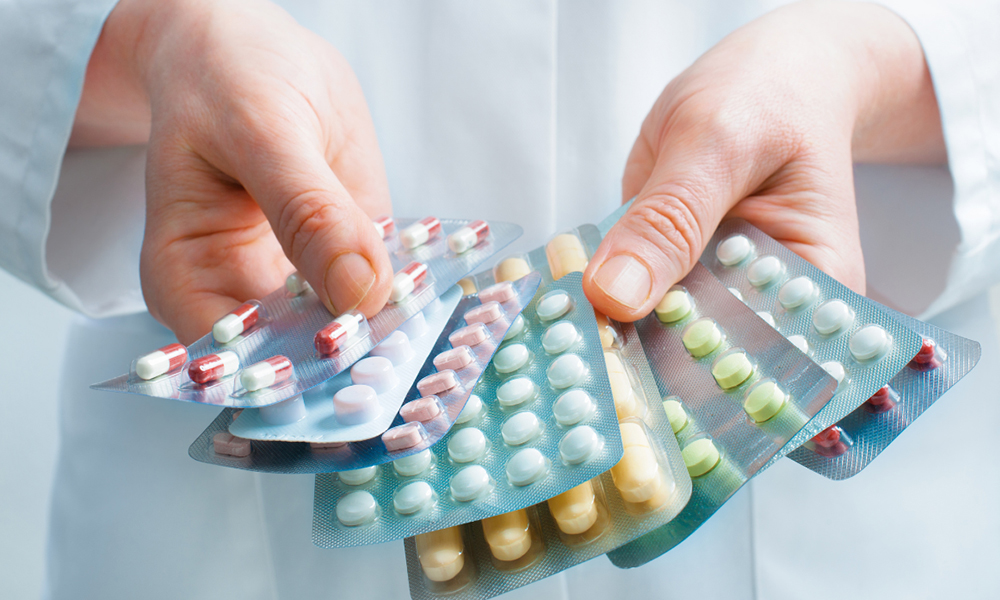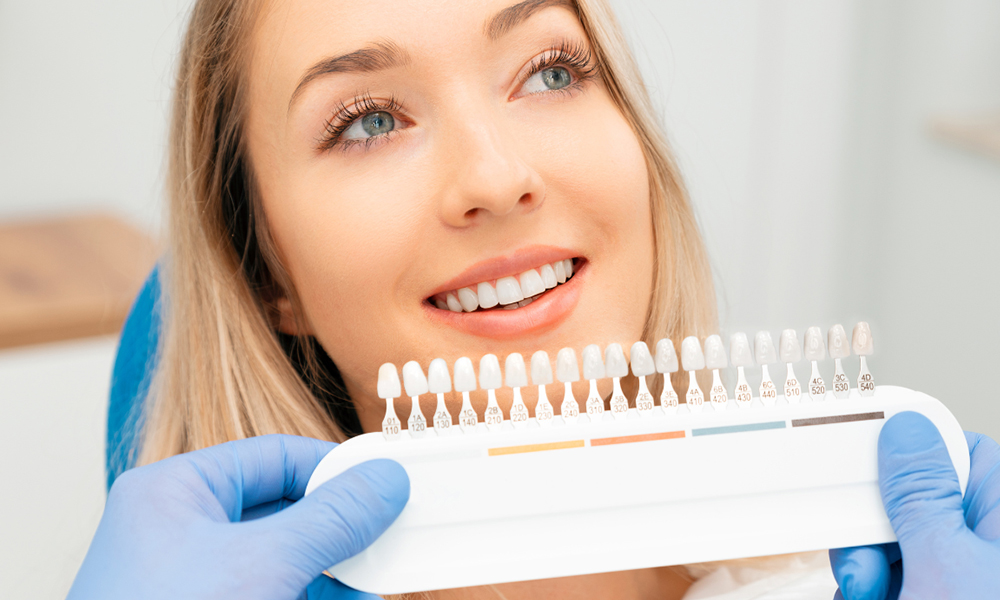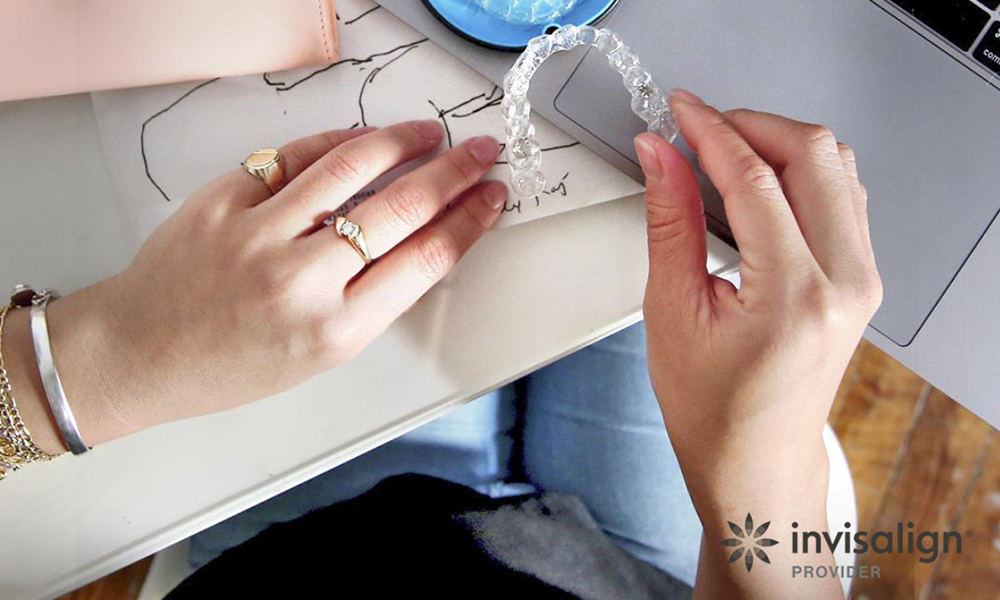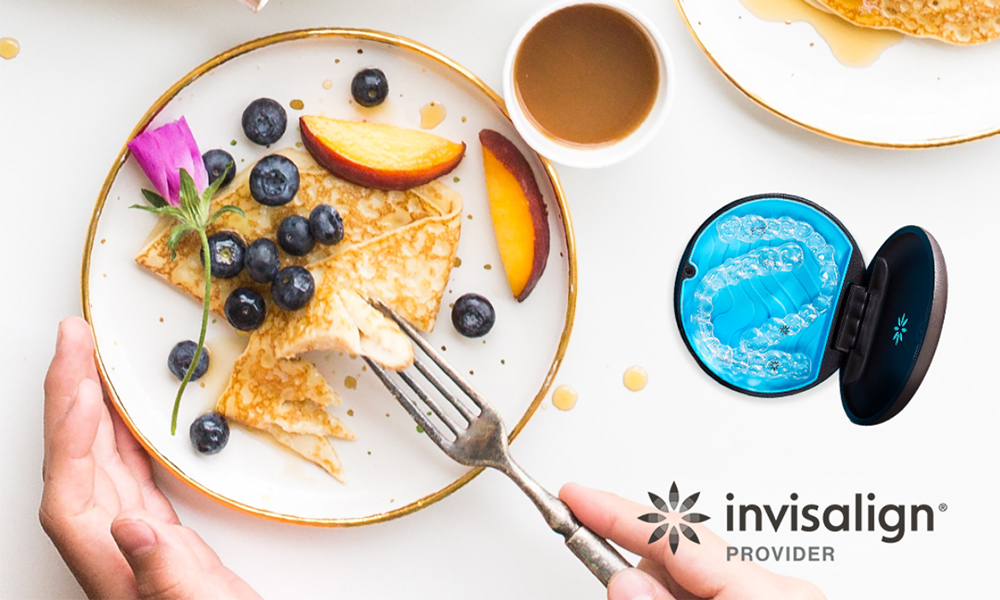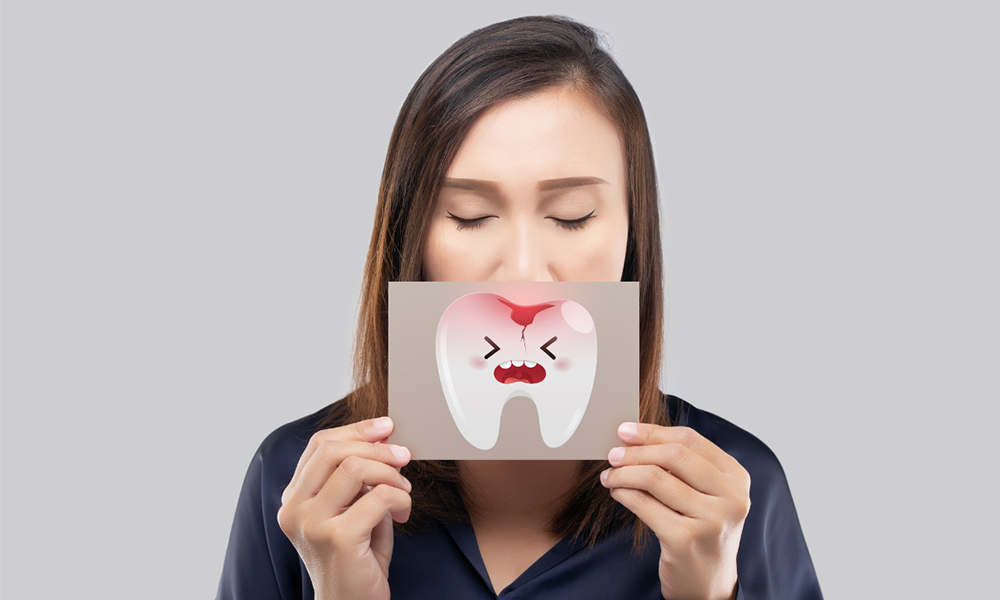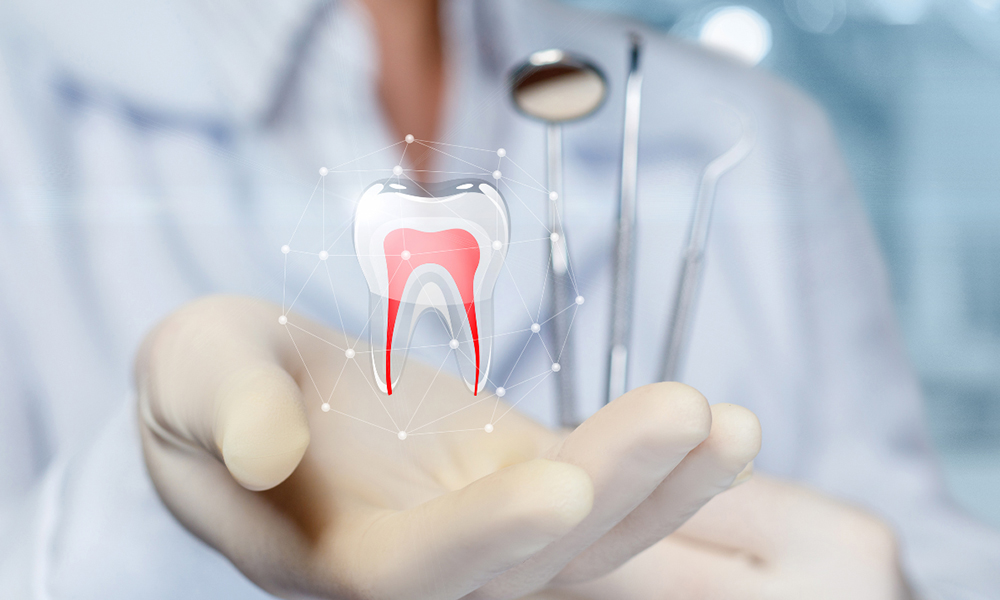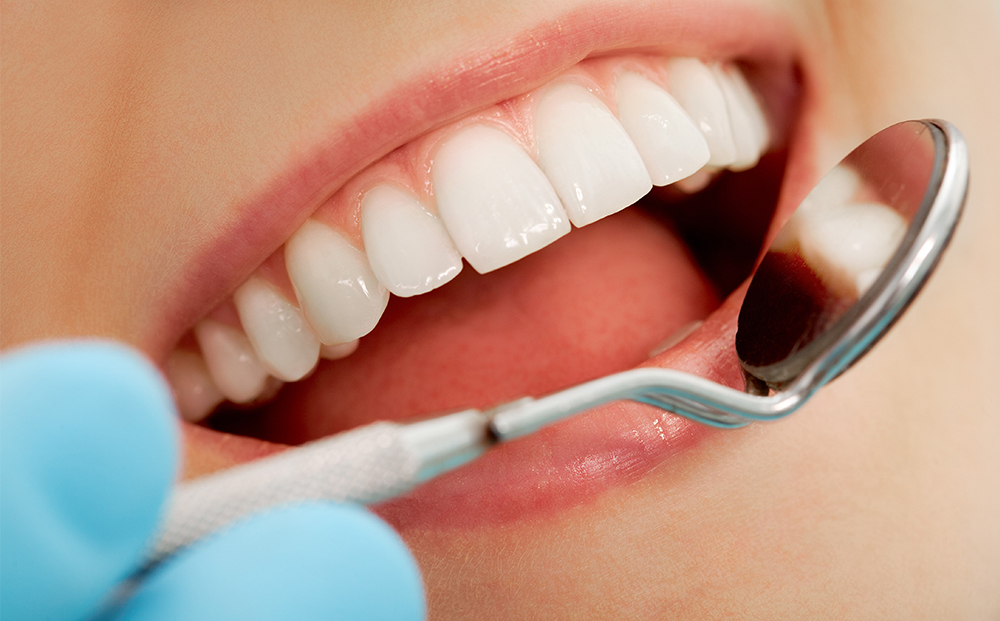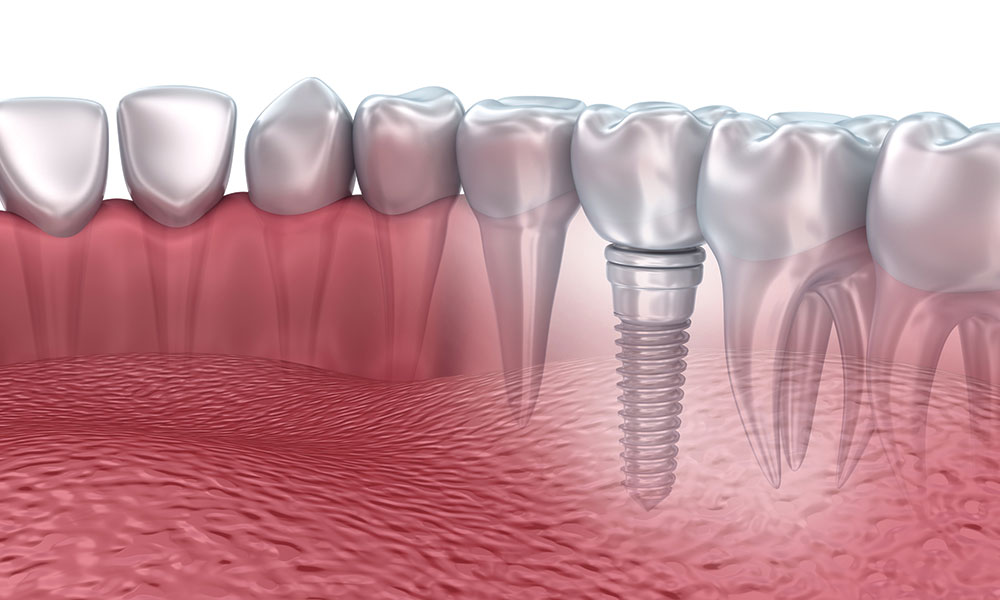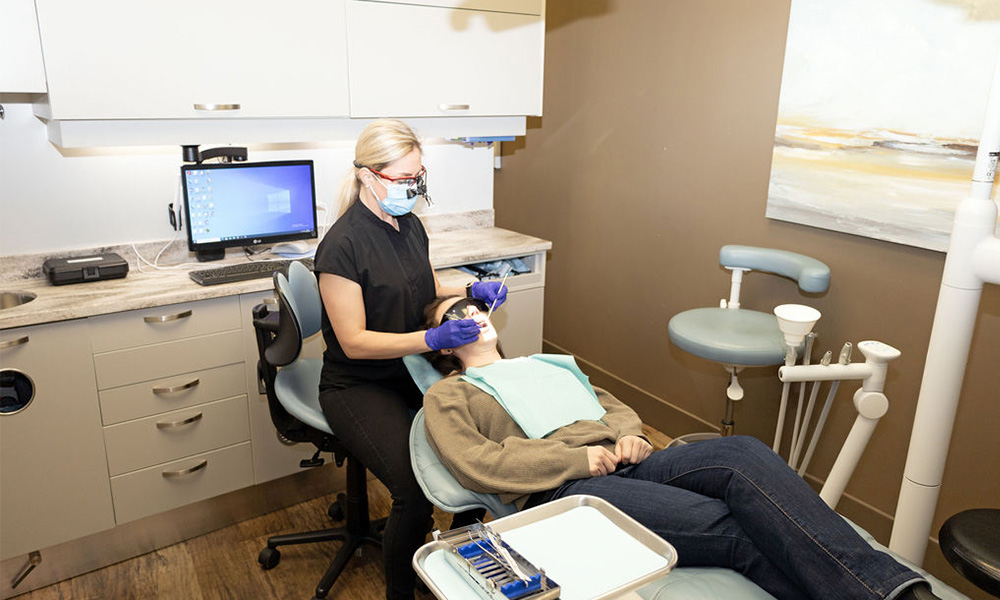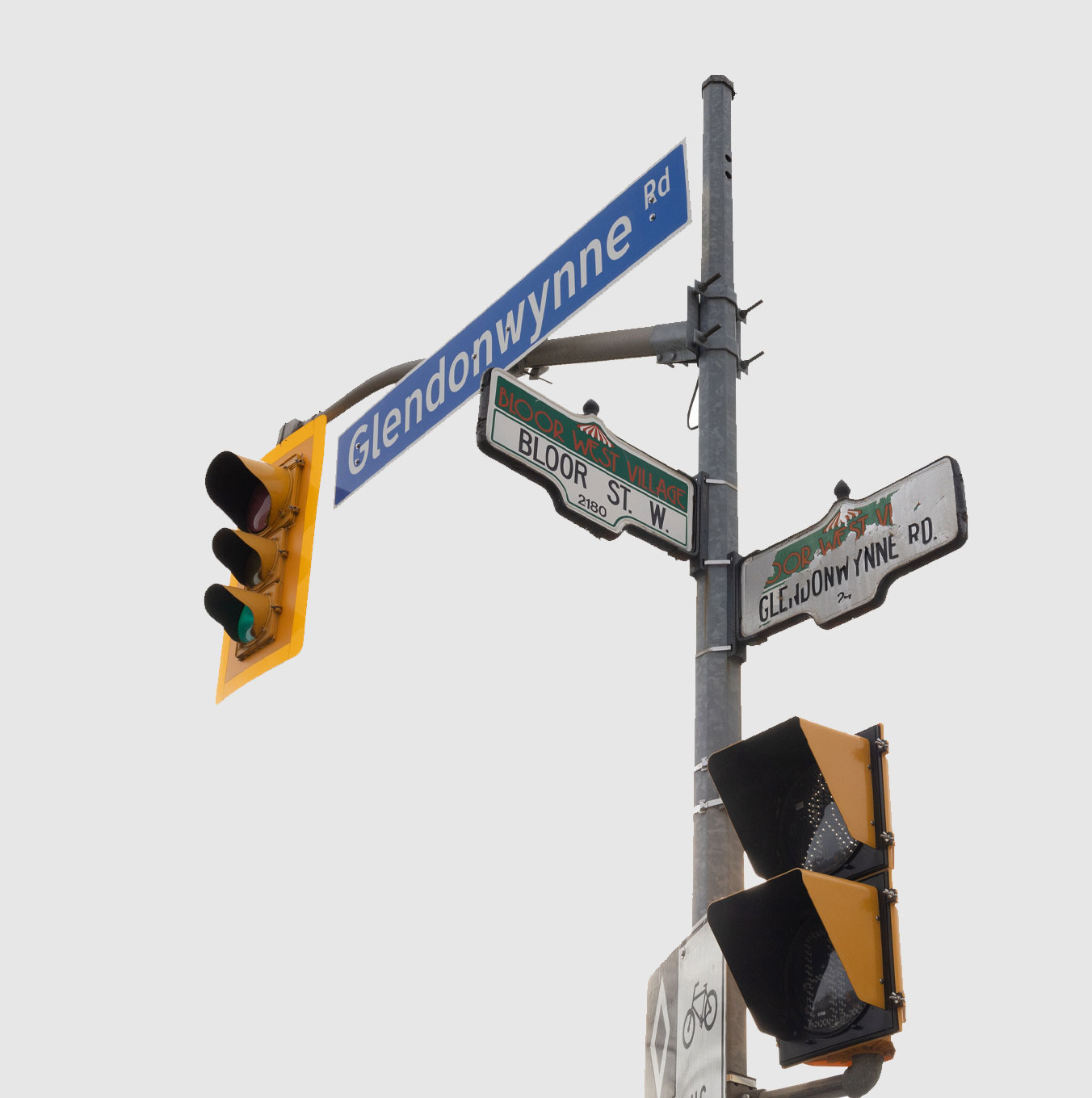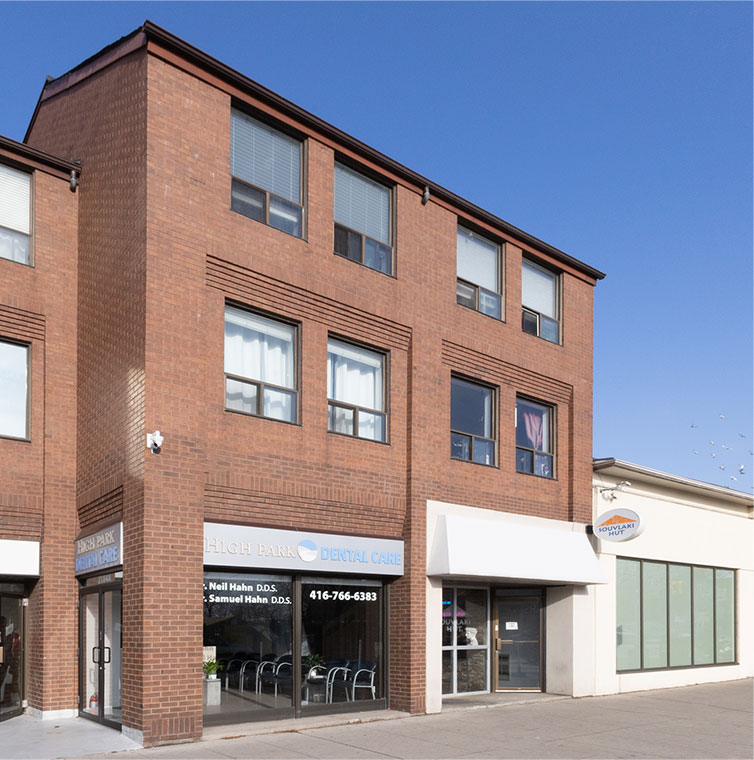
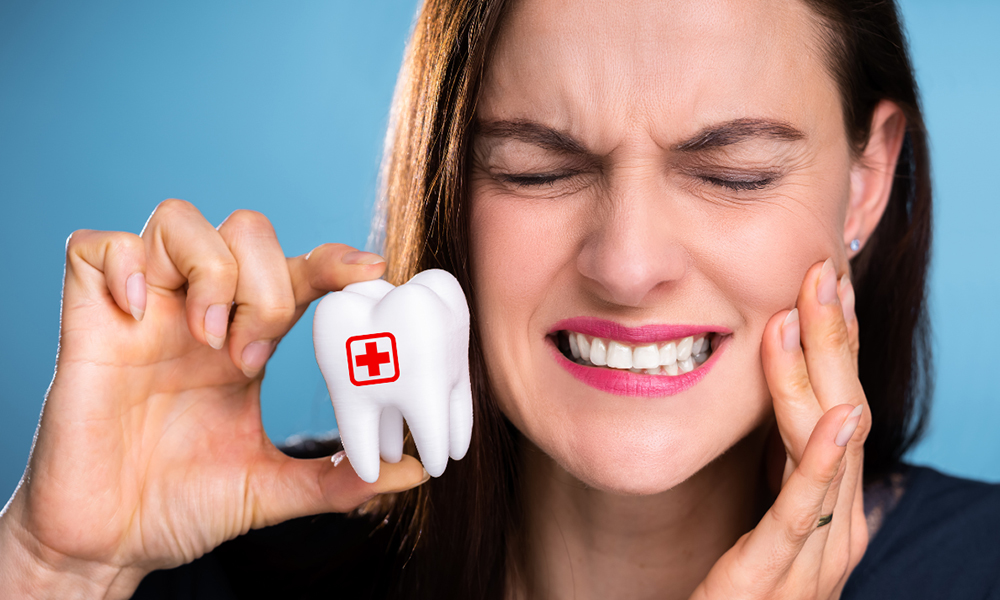
As a dentist practicing in Toronto's High Park area, dental emergencies happen when patients least expect them. At High Park Dental Care, located at 2184A Bloor Street West, the team regularly treats urgent dental situations that could have been managed better with proper preparation. Having a comprehensive emergency dentist action plan can make the difference between saving a tooth and losing it permanently.
Dental emergencies don't follow a schedule, and being prepared helps reduce panic while ensuring the best possible outcomes. Whether dealing with a knocked-out tooth, severe pain, or dental trauma, having the right supplies and knowledge readily available is essential. Creating an emergency dentist preparedness plan protects families' oral health when time is critical.
Basic Emergency Dentist Supplies for Home
Every household should maintain a dental emergency kit containing essential items. Include sterile gauze pads for controlling bleeding and protecting injured areas. Add a small container with a tight-fitting lid for storing knocked-out teeth in milk or saliva.
Pack over-the-counter pain relievers like ibuprofen or acetaminophen for temporary pain management. Include a small flashlight or penlight for examining the mouth in low-light conditions. Add disposable gloves to maintain hygiene when handling dental injuries.
Keep a list of emergency dentist contact numbers, including after-hours services. Store these supplies in a clearly marked container that all family members can locate quickly during stressful situations.
Travel and Work Emergency Dentist Kits
Dental emergencies can occur anywhere, making portable kits essential for travel and workplace situations. Create smaller versions of home kits for cars, offices, and travel bags.
Include temporary filling material available at pharmacies for lost fillings or crowns. Pack dental wax to cover sharp edges of broken teeth that might cut the tongue or cheeks. Add small scissors for cutting gauze or tape to appropriate sizes.
Include a small bottle of salt for making rinses that help clean wounds and reduce bacteria. Pack single-use instant cold packs for reducing swelling and managing pain until professional care is available.
Emergency Dentist Contact Organization
Create a comprehensive list of dental emergency contacts that includes regular dentist office and after-hours numbers. At High Park Dental Care, patients receive emergency contact information that includes weekend and holiday coverage details.
Include hospital emergency departments that handle dental trauma, particularly for severe injuries involving facial bones or extensive bleeding. Add poison control numbers in case of accidental ingestion of dental materials or medications.
Store this information in multiple formats including printed copies, smartphone contacts, and cloud-based storage. Ensure all family members know where to find these contacts and how to access them quickly.
Location Mapping for Quick Access
Map out the fastest routes to emergency dentist offices and backup locations. Consider traffic patterns during different times of day and identify alternative routes for various scenarios.
Include parking information and building access details, especially for after-hours visits when normal entrances might be locked. Note the exact address and any special instructions for emergency access.
Save these locations in smartphone GPS systems with clear labels like "Emergency Dentist" for quick navigation during stressful situations.
Decision-Making Guidelines for Dental Trauma
Create simple decision trees that help determine when to seek immediate emergency dentist care versus when home care might be sufficient. Severe bleeding, knocked-out permanent teeth, and facial swelling always require immediate professional attention.
Teach family members to recognize signs that indicate urgent emergency dentist care is needed. These include severe pain that doesn't respond to over-the-counter medications, swelling that affects breathing or swallowing, and trauma involving multiple teeth.
Establish protocols for different age groups, as children's dental emergencies often require different approaches than adult situations. Baby teeth that are knocked out typically don't need reimplantation, while permanent teeth require immediate professional care.
Communication Protocols During Emergencies
Designate specific family members to handle different aspects of dental emergencies. One person should focus on providing immediate care while another contacts the emergency dentist and arranges transportation.
Create a simple communication plan that includes who to call first and what information to provide. Emergency dentist offices need details about the type of injury, when it occurred, and current symptoms to provide appropriate guidance.
Practice these protocols periodically so family members feel confident during actual emergencies. Role-playing different scenarios helps identify potential problems and improves response times.
Knocked-Out Tooth Emergency Dentist Protocol
When a permanent tooth is completely knocked out, time becomes critical for successful reimplantation. Handle the tooth only by the crown, never touching the root surface that contains vital cells.
Rinse the tooth gently with milk or saline solution if it's dirty, but avoid scrubbing or removing attached tissue. Try to reinsert the tooth into its socket if possible, having the patient bite down gently on gauze to hold it in place.
If reinsertion isn't possible, store the tooth in milk, saliva, or a tooth preservation solution while seeking immediate emergency dentist care. Contact an emergency dentist immediately, as successful reimplantation rates decrease significantly after 30 minutes.
Severe Pain Emergency Dentist Management
Sudden, severe dental pain often indicates serious problems requiring prompt emergency dentist evaluation. Begin with over-the-counter pain medications following package directions, but avoid placing aspirin directly on the gums.
Apply cold compresses to the outside of the face for 15-20 minutes at a time to reduce swelling and numb pain. Rinse gently with warm salt water to help clean the area and reduce bacteria.
Avoid extremely hot or cold foods and beverages that might worsen pain. Contact an emergency dentist promptly, as severe pain often indicates infections or other serious conditions requiring professional treatment.
Regular maintenance ensures emergency dentist action plans remain effective when needed. Schedule periodic reviews to update contact information and replace expired supplies.
Check expiration dates on medications and replace them as needed. Test flashlights and replace batteries to ensure they work during emergencies. Review protocols with family members annually to maintain familiarity.
At High Park Dental Care, patients are encouraged to discuss their emergency preparedness plans during regular visits. This allows for personalized recommendations based on individual risk factors and family needs.
Being prepared for dental emergencies provides peace of mind and can significantly improve outcomes when urgent situations arise. Contact High Park Dental Care at 416-766-6383 to discuss family emergency dentist preparedness plans and ensure readiness for any dental emergency.
